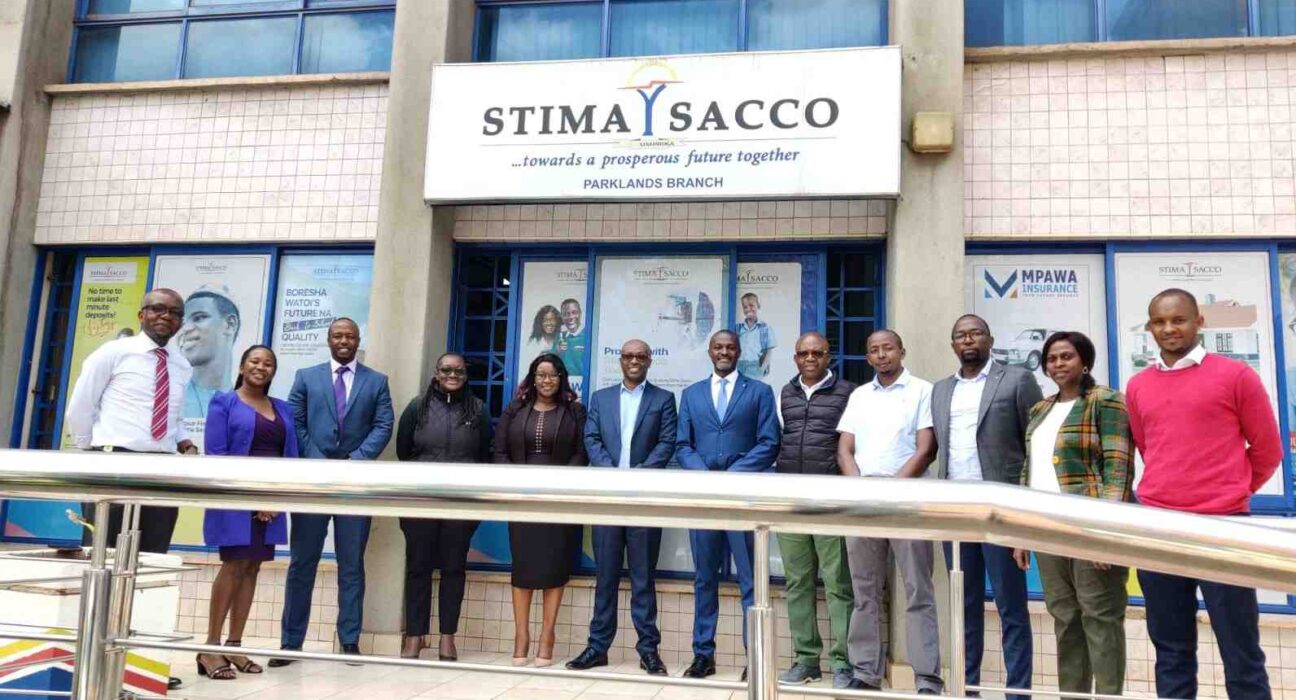Savings and Credit Cooperative Organizations, commonly known as SACCOs, are a significant part of Kenya’s financial landscape. They offer a way for individuals to save money and access credit at affordable rates. However, like any financial institution, SACCOs come with their own set of jargon and terminology that can be confusing for newcomers. Understanding these terms is crucial for anyone looking to make informed decisions about their savings and loans within a SACCO. This article provides a comprehensive glossary of common SACCO terms to help Kenyan savers navigate the world of cooperative finance.
1. SACCO
A SACCO, or Savings and Credit Cooperative Organization, is a member-owned financial institution that allows individuals to save and borrow money. Members pool their resources to create a common fund from which they can access loans at reasonable interest rates. SACCOs are typically more accessible and community-oriented than traditional banks, making them popular in Kenya.
2. Shares
In the context of a SACCO, shares refer to the units of ownership that members hold. When you join a SACCO, you purchase shares, which make you a part-owner of the organization. The value of these shares can vary depending on the SACCO’s policies. The more shares you own, the more you can borrow, and the greater your dividend payouts will be, depending on the SACCO’s profitability.
3. Deposits
Deposits are the regular savings that members contribute to their SACCO accounts. Unlike shares, deposits are not a form of ownership but are used as a measure of a member’s commitment and saving habits. These deposits are also used to determine how much a member can borrow, with many SACCOs offering loans at a multiple of the member’s total deposits.
4. Dividends
Dividends are a portion of the SACCO’s profits distributed to members based on the number of shares they hold. At the end of each financial year, the SACCO calculates its net profit and decides how much of it will be distributed as dividends. Members with more shares receive higher dividends. This is one of the key benefits of investing in a SACCO as it allows members to earn returns on their investment.
5. Interest on Deposits
In addition to dividends, some SACCOs offer interest on the deposits made by members. This interest is usually calculated annually and added to the member’s savings. It is different from dividends in that it is paid on the deposits rather than shares. The rate of interest on deposits can vary from one SACCO to another and is often a key factor for members when choosing where to save.
6. Loan Guarantor
A loan guarantor is a fellow SACCO member who agrees to take responsibility for a borrower’s debt if they default on their loan. SACCOs often require one or more guarantors as a form of security before approving a loan. Guarantors typically must have a good standing within the SACCO and sufficient savings to cover the loan amount. The role of a guarantor is crucial as it provides security for the SACCO and can affect the loan application process.
7. BOSA (Back Office Service Activity)
BOSA refers to the traditional savings and credit activities conducted by a SACCO, typically managed from the SACCO’s main office. This includes the basic services such as savings accounts, loans, and withdrawals. BOSA activities are usually the core operations of a SACCO, and most members interact with these services regularly. Understanding BOSA is essential for any member as it involves the fundamental aspects of how the SACCO operates.
8. FOSA (Front Office Service Activity)
FOSA is a more recent development in SACCOs, providing additional services similar to those offered by commercial banks. FOSA services include current accounts, ATM services, mobile banking, and salary processing. Not all SACCOs offer FOSA services, but those that do provide members with more convenient access to their funds and additional financial products. FOSA has become increasingly popular as SACCOs modernize and expand their range of services.
9. Loan Multiplier
The loan multiplier is a factor used by SACCOs to determine the maximum amount a member can borrow based on their deposits or shares. For example, if a SACCO has a loan multiplier of three, a member with KSh 100,000 in deposits can borrow up to KSh 300,000. The loan multiplier varies from one SACCO to another and is influenced by factors such as the SACCO’s financial health and policies. Understanding your SACCO’s loan multiplier is critical when planning to take out a loan.
10. Liquidity Ratio
The liquidity ratio is a measure of a SACCO’s ability to meet its short-term obligations, such as member withdrawals and loan disbursements. It is calculated by dividing the SACCO’s liquid assets by its short-term liabilities. A high liquidity ratio indicates that the SACCO has sufficient liquid assets to cover its liabilities, making it financially stable. SACCOs with low liquidity ratios may struggle to meet member demands, leading to potential delays in loan approvals or withdrawals.
Conclusion
Navigating the world of SACCOs in Kenya can be daunting, especially with the unique terminology that comes with it. However, understanding these key terms is essential for making informed decisions about your savings and credit. SACCOs offer a powerful tool for financial growth and community support, but only when members are well-informed and understand how the system works. By familiarizing yourself with this glossary, you can confidently engage with your SACCO, maximizing the benefits and ensuring your financial goals are met.





